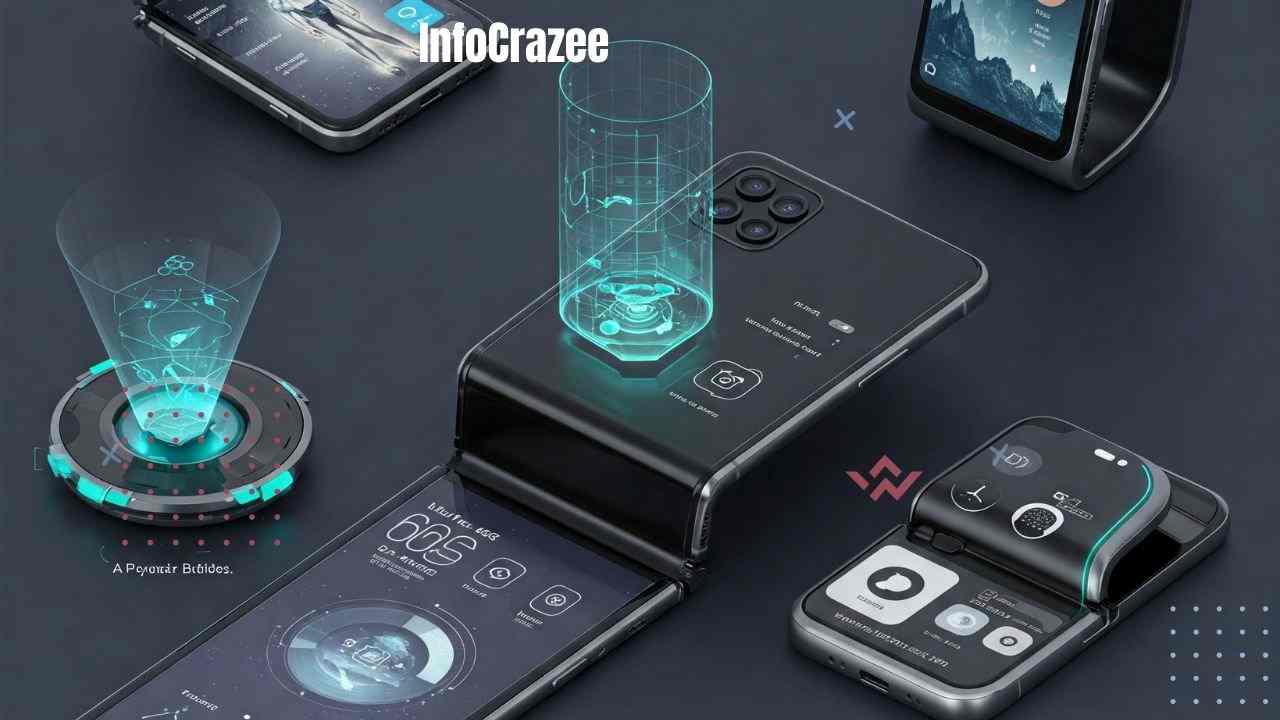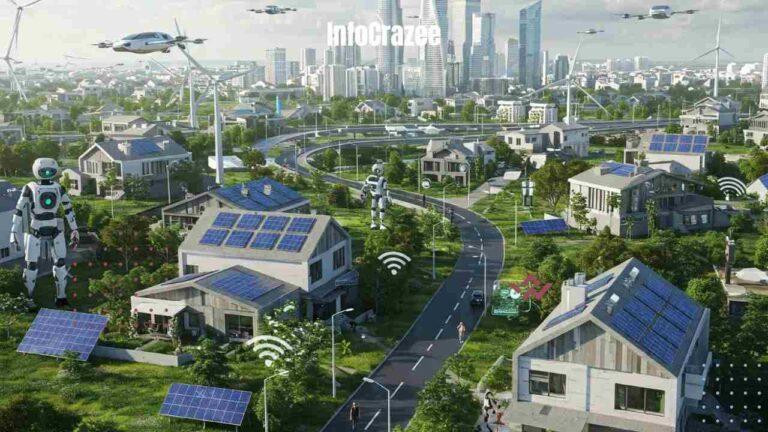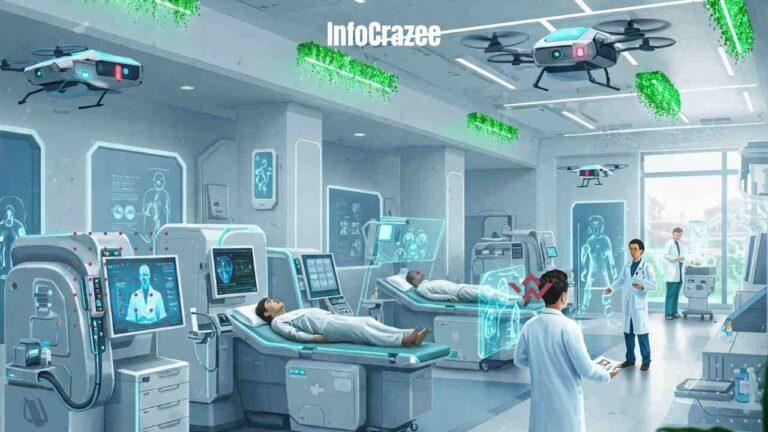What Will Phones Look Like in 2030?
A Peek Into the Future of Mobile Technology
Let’s go back for a second—remember your first mobile phone? Maybe it was a chunky brick with a tiny screen and an antenna you had to pull out. Fast-forward to today, and we’re walking around with sleek glass rectangles that can do almost everything a computer can.
Now the big question is: what will phones look like in 2030?
It’s not just about thinner screens or better cameras. The phones of the future are shaping up to be smarter, more powerful, and even more personalized than ever. Let’s take a fun and fascinating look at what might be coming next.
Foldable, Stretchable, and Wearable?
We’ve already started seeing foldable phones from brands like Samsung and Motorola. But by 2030, folding might just be the beginning.
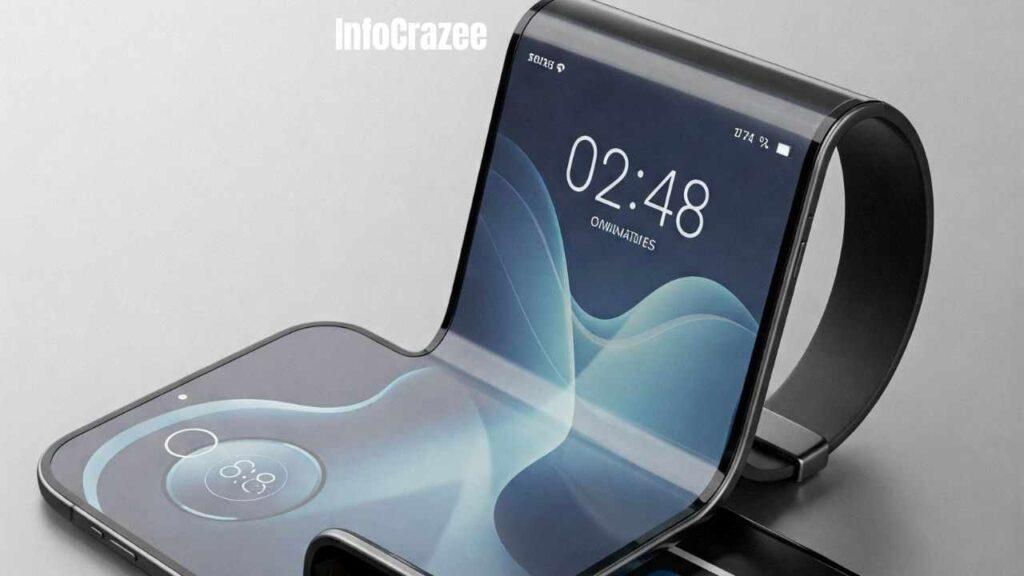
What to expect:
- Stretchable screens that expand like rubber and return to their shape.
- Rollable phones that unroll into mini tablets.
- Wearable phones that wrap around your wrist like a smartwatch.
Imagine answering calls by simply tapping your wrist or unrolling your phone for a movie on the go. No more cramming tablets into backpacks!
No More Buttons — Just Air Gestures and Voice
Physical buttons might be on their way out.
By 2030, phones could be fully controlled by:
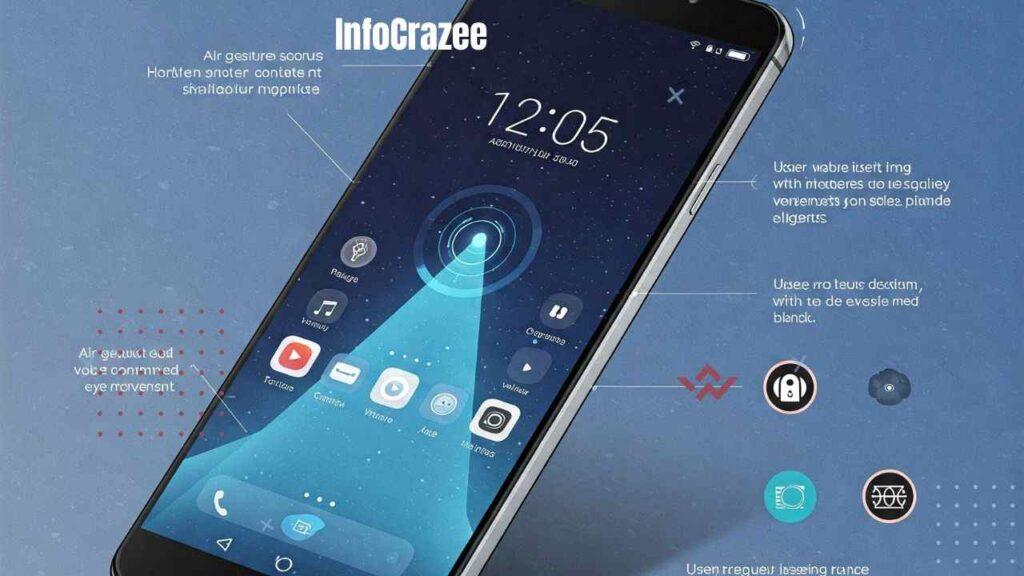
- Hand gestures in the air
- Voice commands
- Facial expressions or eye movement
For example, a simple wave of your hand could scroll your screen, or a double blink could take a selfie. Sound futuristic? It’s already being tested!
Built-In AI That Knows You Better Than You Know Yourself
Phones are getting smarter, and artificial intelligence (AI) is at the heart of it. In 2030, your phone may become more like a personal assistant who really gets you.
Your AI could:
- Predict what you want to do next (like opening maps when you step out)
- Suggest food or music based on your mood
- Remind you to hydrate or take a break after sensing long screen time
It might even warn you when your tone in a text sounds too harsh — kind of like a friend saying, “You sure you wanna send that?”
Cameras That Beat Reality
Cameras on future phones won’t just take clearer photos — they’ll change how we see the world.
By 2030, phone cameras could:
- Shoot in full 3D with depth you can feel
- Create holograms of people for virtual meetings
- Use AI to edit in real time — goodbye, dark shadows and bad lighting
Imagine a long-distance video call where the person appears next to you as a life-sized hologram. That’s not science fiction anymore.
Supercharged Connectivity: 6G and Beyond
We’re still getting used to 5G, but 6G is already being talked about—and it could be here by 2030.
What 6G could mean for you:
- Download full movies in under a second
- Zero lag for gaming or streaming
- Real-time language translation during calls
It might even support brain-computer communication, where thoughts could control apps. Wild, right?
Goodbye Charging Cables
One of the most annoying things about phones today? Running out of battery. But in the future, charging could be completely wireless and invisible.
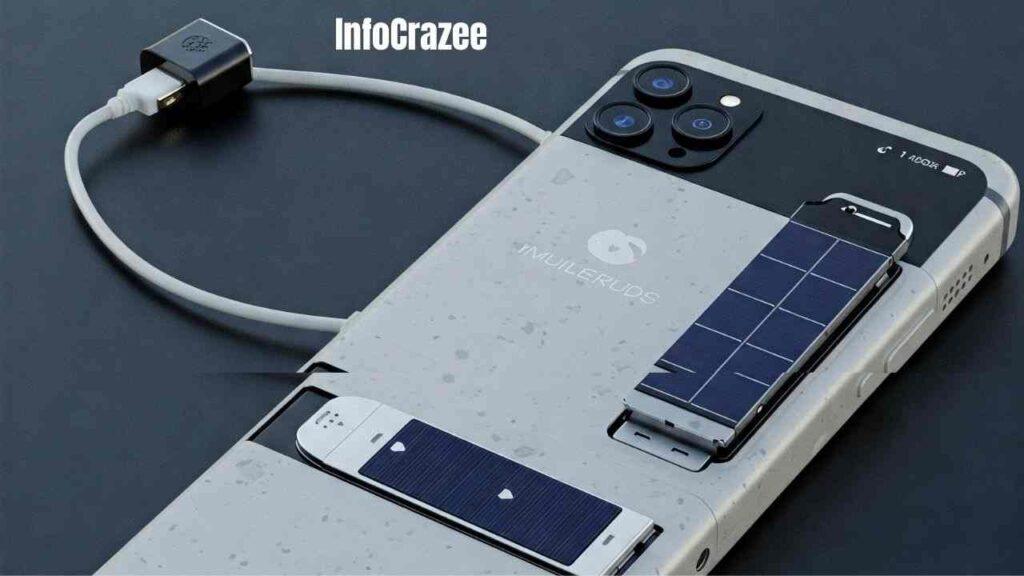
New battery features we may see:
- Air charging: Your phone charges just by being in a room with a charging signal.
- Week-long batteries: New materials like graphene could last much longer than lithium.
- Solar charging phones: Built-in solar panels that soak up energy from any light source.
No more frantic searches for a charger or fighting over outlets.
Your Phone Will Know Your Health
Health tech is becoming a big part of mobile innovation. In 2030, your phone might be able to monitor your health more deeply than today’s smartwatches.
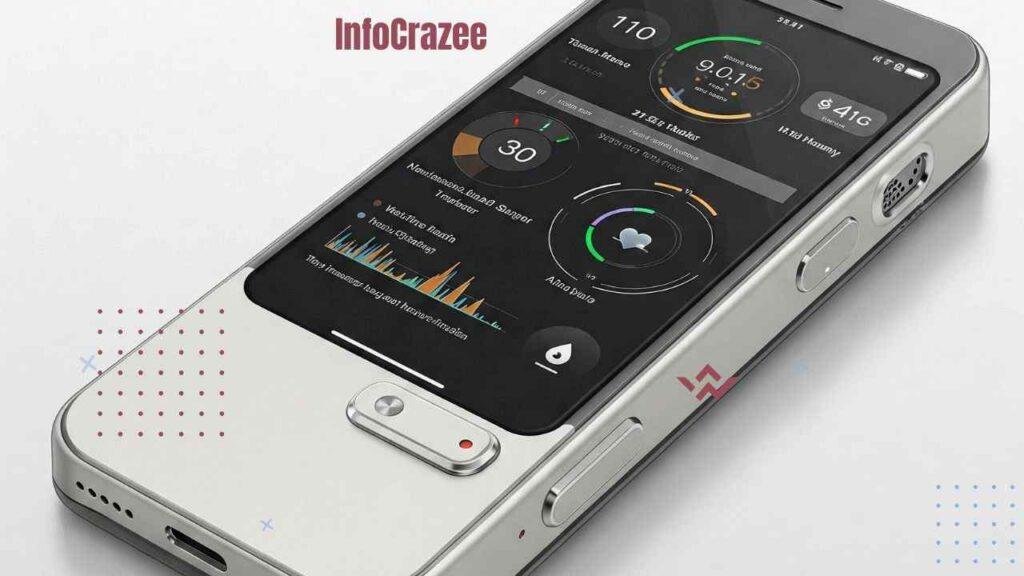
Your future phone could:
- Track blood sugar without a needle
- Monitor stress or heart health through your voice and face
- Send data directly to your doctor if something seems off
That means more control over your well-being—and possibly even early warning signs for serious conditions.
What About Privacy?
With phones getting smarter, one big question comes up: will they respect our privacy?
It’s likely we’ll see:
- More control over personal data
- Advanced encryption
- On-device AI (which means your info doesn’t always go to the cloud)
Still, staying informed and cautious about what we share will always be important.
Final Thoughts: The Phone of 2030
By 2030, your phone may not even look like a phone anymore. It could be on your wrist, in your glasses, or embedded in your clothes. It will be more than a tool—it will be an extension of you.
And while all this sounds exciting, it’s important to remember: the best tech is the kind that actually makes life better, simpler, and more human.
The future is closer than we think, and it fits right in your pocket—at least, for now!
FAQs
Q1: Will phones in 2030 still have screens?
A: Yes, but they may look very different—think foldable, rollable, or even holographic screens that project images in 3D.
Q2: Will phones replace computers by 2030?
A: Many phones already do tasks that once required a laptop. By 2030, phones could become even more powerful, possibly replacing the need for traditional computers for many users.
Q3: Are hologram calls really going to happen?
A: Tech companies are already testing holographic video. It’s very possible that by 2030, we’ll have realistic 3D video calls that feel like the person is right in front of you.
